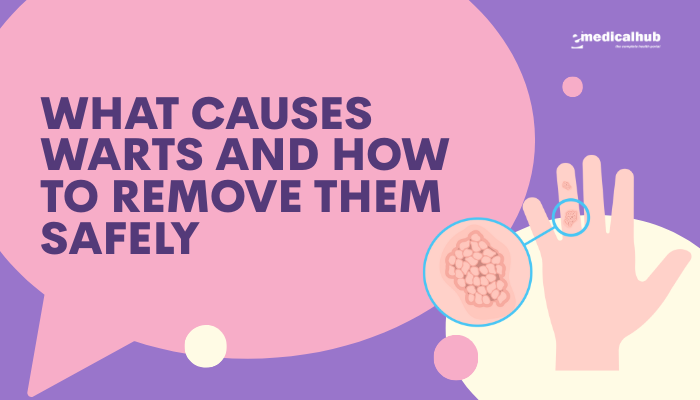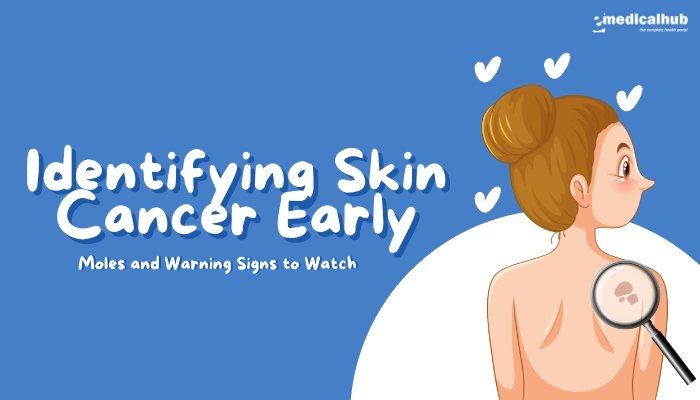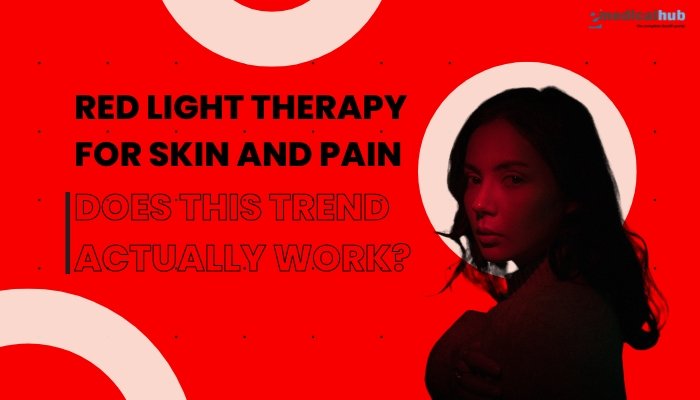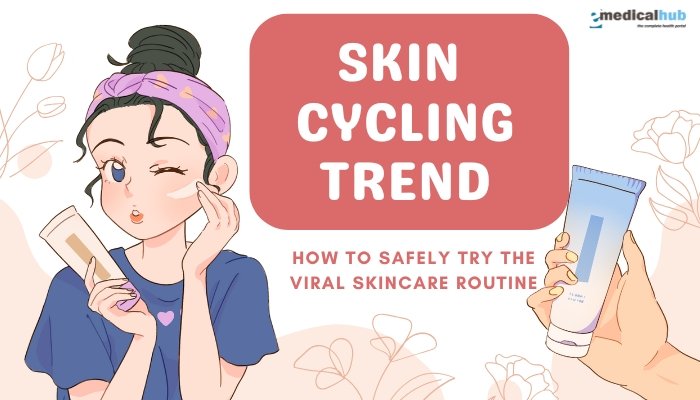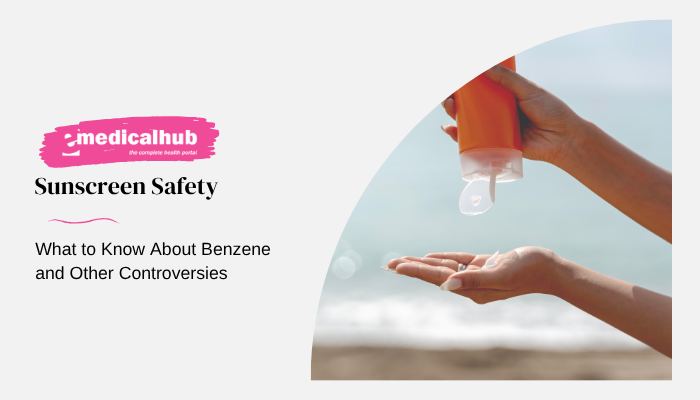Introduction
Warts are one of the most common skin growths, typically appearing as small, grainy bumps. They often show up on hands, feet, and other areas and can be annoying or even unsightly, though they’re usually harmless.
Caused by a viral infection, warts can sometimes clear on their own but may persist for months or years without intervention. Because of their stubborn nature and potential for spread, people frequently seek safe, effective ways to remove them.
This article explains what causes warts, how they spread, and various methods to remove them. We’ll cover over-the-counter solutions, cryotherapy, prescription treatments, at-home remedies, and professional removal procedures.
By understanding the science behind warts and the pros and cons of each removal method, you can select an approach that best suits your condition and comfort level. However, if you have persistent or unusual growths, consult a healthcare professional for a definitive diagnosis and guidance.
Disclaimer: This content is meant for general informational purposes. It does not replace direct medical advice. For personalized care, speak to a qualified medical provider.
What Are Warts?
Definition and Appearance
Warts are benign (non-cancerous) skin growths. They typically have a rough, raised surface and may feature tiny black dots—often called “seed warts”—which are actually small blood vessels. While they can appear anywhere on the body, common sites include:
- Fingers, hands, and around nails (common warts)
- Plantar surface of feet (plantar warts)
- Face (flat warts)
- Genitals (genital warts—distinct in cause and management)
Role of the Human Papillomavirus (HPV)
Nearly all warts result from infection with the human papillomavirus (HPV). There are over 100 HPV strains; certain types prefer the outer layer of skin, prompting excess cell growth. Warts develop when the virus enters through microscopic breaks in the skin. The immune system’s response influences whether a wart forms or how stubborn it becomes.
Key points:
- HPV Type-Specific: The strains causing common warts differ from those causing genital warts or cervical cancer.
- Contagion: Warts can spread via direct contact with infected skin or surfaces where HPV lingers. While not highly contagious, repeated contact and moisture (e.g., locker room floors) facilitate transmission.
How Warts Form and Spread
- Viral Entry: Microtears or abrasions allow HPV to infect the basal layer of epidermal skin cells.
- Virus Replication: HPV spurs these cells to grow rapidly, forming a raised bump over weeks or months.
- Self-Inoculation: Scratching or picking at warts can spread viral particles to adjacent areas, causing multiple lesions.
- Immune Response: Many warts eventually resolve when the body’s immune system targets the virus. This can happen spontaneously or after years.
Common Types of Warts
Common Warts (Verruca Vulgaris)
- Appearance: Small, rough, raised bumps with a cauliflower-like texture.
- Location: Often on fingers, hands, knees, or around nails.
- Features: May have black pinpoints (thrombosed capillaries).
Plantar Warts (Verruca Plantaris)
- Appearance: Found on the soles of the feet, sometimes growing inward due to pressure, creating a callus-like area.
- Symptoms: Can be painful when walking. Often appear as a circular thickened patch with black dots.
- Spread: Common in communal showers or changing rooms.
Flat Warts (Verruca Plana)
- Appearance: Smooth, flat-topped, flesh-colored or slightly brownish.
- Location: Usually on face, forehead, or areas frequently shaved (e.g., men’s beard area, women’s legs).
- Occurrence: They can appear in large numbers, 20–100 at once.
Filiform Warts
- Appearance: Long, thread-like projections from a narrow base.
- Location: Commonly on the face, eyelids, or lips.
- Growth: More protruding; can cause cosmetic concerns.
Periungual Warts
- Appearance: Grow around or under the fingernails or toenails.
- Challenges: Painful and may distort nail growth or separate the nail from the bed.
Note: Genital warts are caused by different HPV strains and require specialized treatment. This article focuses on non-genital warts.
Risk Factors and Susceptibility
- Weakened Immunity: People with immunocompromised states (e.g., organ transplant recipients, HIV infection) are more prone to persistent or widespread warts.
- Broken Skin: Cuts, abrasions, or chronic dryness can ease viral entry.
- Occupational Hazards: Meat handlers or those frequently washing hands might see more warts due to softened or broken skin.
- Children and Adolescents: Younger immune systems or exposure in shared school settings can promote HPV transmission.
When to Seek Professional Help
While many warts resolve spontaneously, see a doctor if:
- Wart is painful, bleeding, or interferes with daily activities (like walking in plantar warts).
- Rapid spread or large numbers appear.
- Uncertain if it’s a wart (could be a skin cancer or other lesion).
- Over-the-counter methods fail or the wart recurs multiple times.
- You have diabetes (especially with plantar warts) or poor sensation in your feet; careful management is crucial to avoid complications.
At-Home Treatments: Pros and Cons
Salicylic Acid Products
- How It Works: A keratolytic agent that dissolves the protein (keratin) in the skin cells, slowly removing the wart layer by layer.
- Forms: Available as patches, gels, or liquid solutions.
- Regimen: Soak area in warm water, gently file away dead tissue, then apply salicylic acid. Repeat daily or as directed for weeks.
- Pros: Inexpensive, widely accessible, decent success rate for small warts if used consistently.
- Cons: Takes patience and diligence; can irritate surrounding skin.
Cryotherapy Kits
- Description: Over-the-counter “freeze” kits use dimethyl ether propane to freeze the wart tissue.
- Process: Apply a chilled applicator to the wart for a specified time. The freeze destroys cells, causing blister formation and sloughing off.
- Pros: Quick application, moderate effectiveness for simpler warts.
- Cons: Not as cold as liquid nitrogen used in clinics; deeper warts might require multiple rounds. Risk of damaging healthy skin if misapplied.
Duct Tape Occlusion
- Method: Cover the wart with duct tape for several days, remove tape, gently debride dead skin, and reapply.
- Mechanism: Possibly irritates the area, prompting immune response or maceration.
- Evidence: Mixed. Some find it helpful; others see minimal change.
- Pros: Low cost, minimal side effects.
- Cons: Not consistently proven; can require many weeks.
Natural Remedies
- Garlic, Apple Cider Vinegar, Tea Tree Oil: Some anecdotal or minor supportive evidence. They may irritate or have mild antimicrobial effect.
- Caution: Potential for skin irritation, contact dermatitis. Use sparingly and patch-test if uncertain.
Professional Treatments
Cryotherapy (Liquid Nitrogen)
- What to Expect: A dermatologist applies super-cold liquid nitrogen to freeze the wart. It forms a blister and eventually the dead tissue falls off.
- Repeated Sessions: Often 2–3 treatments spaced 2–3 weeks apart.
- Pros: Effective, fairly quick, widely used.
- Cons: Can be painful or uncomfortable; might cause temporary discoloration or scarring if very aggressive.
Cantharidin Application
- Mechanism: A blistering agent derived from the blister beetle. Painted on warts, covered with tape, causing blister beneath the wart. The dermatologist later removes the dead tissue.
- Pros: Usually painless at application; effective in many children’s warts.
- Cons: Some discomfort from blistering; repeated sessions may be necessary.
Electrosurgery and Curettage
- Procedure: Using an electric needle or laser to burn the wart base and physically scrape it away.
- Usage: For stubborn or large warts; often combined with local anesthesia.
- Downside: Potential scarring or prolonged healing if a large area is treated.
Laser Therapy
- Pulsed-Dye Laser or Ablative Lasers: Target blood supply to the wart or vaporize the lesion.
- Pros: Effective for resistant warts, minimal scarring if performed by an experienced practitioner.
- Cons: Usually more expensive, requires specialized equipment.
Immunotherapy
- Topical Immune Modifiers: Imiquimod cream can stimulate local immune responses against HPV. Typically used off-label for non-genital warts.
- Injectable Agents: Some doctors inject antigens (e.g., Candida) into warts to provoke an immune reaction.
- Pros: Taps into body’s defense to fight the virus, can help multiple warts.
- Cons: Some people see slow or partial improvement. Repeated injections or applications are often needed.
Preventing Warts
While not always avoidable, certain measures reduce the likelihood of contracting or spreading warts:
- Avoid Touching Others’ Warts: Also avoid using personal items (towels, razors) that touched someone’s warts.
- Keep Skin Intact: Moisturize regularly to avoid cracks; cover scrapes or cuts with bandages.
- Wear Foot Protection: In communal showers, gym floors, or pool areas, flip-flops or sandals help block contact with HPV-laden surfaces.
- Don’t Pick or Scratch: Minimizes self-inoculation or spreading virus to new sites.
- Disinfect Surfaces: If someone at home has plantar warts, keep floors and bath areas clean; encourage them to wear socks or slippers to reduce viral shedding.
Possible Complications if Untreated
- Spread or Multiplication: Warts can cluster into “mosaic warts,” especially plantar warts, or form multiple new spots.
- Pain and Discomfort: Some warts can hinder walking (plantar warts) or cause friction near nails.
- Psychological Effects: Visible warts on the face or hands might lead to self-consciousness.
- Risk of Secondary Infection: If the wart cracks or you pick at it, bacteria can invade and cause infection.
However, some warts eventually self-resolve without complications, particularly in children with healthy immune systems. The timeline for spontaneous clearance is variable: months to a couple of years.
Myths vs. Facts
- Myth: Warts Have Roots That Grow Deep
- Fact: Warts do not have deep roots. They only affect the epidermis and possibly part of the dermis, but not deeper tissues.
- Myth: Warts Disappear If You Cut a Raw Potato or Rub a Frog
- Fact: Folklore cures lack scientific basis. Sometimes warts vanish spontaneously, leading to the mistaken belief that a folk remedy “worked.”
- Myth: You Must Always Freeze or Burn Warts Immediately
- Fact: Mild or new warts may respond to watchful waiting or gentle home methods. Treatment depends on symptoms, location, and personal preference.
Selecting the Right Treatment Approach
Choosing among home remedies, medical therapies, or professional removal methods depends on:
- Location and Size: Plantar warts often need more aggressive approaches like cryotherapy or prescription treatments.
- Number of Warts: Multiple widespread lesions might benefit from immunotherapy or consistent topical therapy.
- Pain or Interference with Daily Activity: If it’s painful or affects mobility, earlier professional intervention is wise.
- Age and Overall Health: For children or immunocompromised patients, certain treatments may be more suitable.
- Patient Preference: Some prefer quick in-office treatments, while others might try gentler at-home solutions.
Frequently Asked Questions (FAQ)
- Are warts always caused by HPV, or can other viruses cause them?
Almost all typical skin warts come from HPV strains. Other viruses might cause growths, but they’re not the same as standard warts. - How long does a wart take to go away on its own?
It varies widely. Some warts may resolve spontaneously in a few months; others can linger for years. Children’s warts often vanish faster than adults’. - Do I need a prescription for salicylic acid or freeze sprays?
Generally, no. Many over-the-counter wart removal kits contain these. However, you may require stronger prescription versions if standard ones fail. - Is cryotherapy painful?
It can be somewhat uncomfortable—a brief stinging or burning sensation. Pain varies based on the wart’s size and location. Discomfort typically subsides quickly. - Can a wart come back after removal?
Yes. If virus particles remain or immune response is insufficient, the wart could recur. That’s why some warts need repeated treatments.
Conclusion
Warts, though often benign, can be persistent nuisances that cause pain, embarrassment, or spread to new areas. Caused by specific strains of the human papillomavirus, they thrive under certain conditions, especially if the immune system or skin barrier is compromised. Thankfully, treatments range from simple over-the-counter salicylic acid applications and cryotherapy kits to professional services like liquid nitrogen freezing, surgical removal, and immunotherapy injections. The choice depends on a wart’s size, location, the patient’s health status, and personal preferences.
Many mild warts eventually self-resolve, so not all require aggressive treatment. However, if a wart causes discomfort, is cosmetically distressing, or fails to respond to home measures, a dermatologist can recommend more targeted approaches. Preventive measures such as wearing footwear in communal areas, avoiding direct contact with another person’s warts, and maintaining healthy skin are crucial. By understanding the basics of how warts form, spread, and respond to treatment, you’ll be equipped to handle them effectively and safely.
References
- Sterling JC, Gibbs S, Haque Hussain SS, et al. British Association of Dermatologists’ guidelines for the management of cutaneous warts 2014. Br J Dermatol. 2014;171(4):696-712.
- Kwok CS, Holland R, Gibbs S. Efficacy of topical treatments for cutaneous warts. Br J Dermatol. 2011;165(1):62-72.
- Bruggink SC, Gussekloo J, Berger MY, et al. Cryotherapy with liquid nitrogen vs. salicylic acid for plantar warts. JAMA. 2010;303(7):678-84.
- Lipke MM. An armamentarium of wart treatments. Clin Med Res. 2006;4(4):273-293.
- Johnson SM, Roberson PK, Horn TD. Marriage of ancient medicine with new technology: a novel approach to immunotherapy for warts. Arch Dermatol. 2001;137(5):593-7.
- Verduijn W, Cobbaert CM, de Vries E. Treatment outcomes of cantharidin application in warts. Dermatol Pract Concept. 2018;8(1):21-25.
- Loo SK, Tang WY. Warts. J Clin Dermatol. 2019;37(3):245-250.
- Karsch E, Holzer AM. Common dermatologic conditions in immunocompromised patients. Mayo Clin Proc. 2019;94(6):976-985.
- Mole B, Gritter M, Ubben S. A comparative study of duct tape occlusion therapy for warts. J Am Board Fam Med. 2006;19(4):360-364.
- Moll B, Wickett R. Assessing common misconceptions in wart removal. Dermatol Online J. 2020;26(8):1-8.
- Lowy DR, Schiller JT. Reducing HPV-associated cancer worldwide. Lancet. 2012;380(9856):972-4.
- https://www.aad.org

